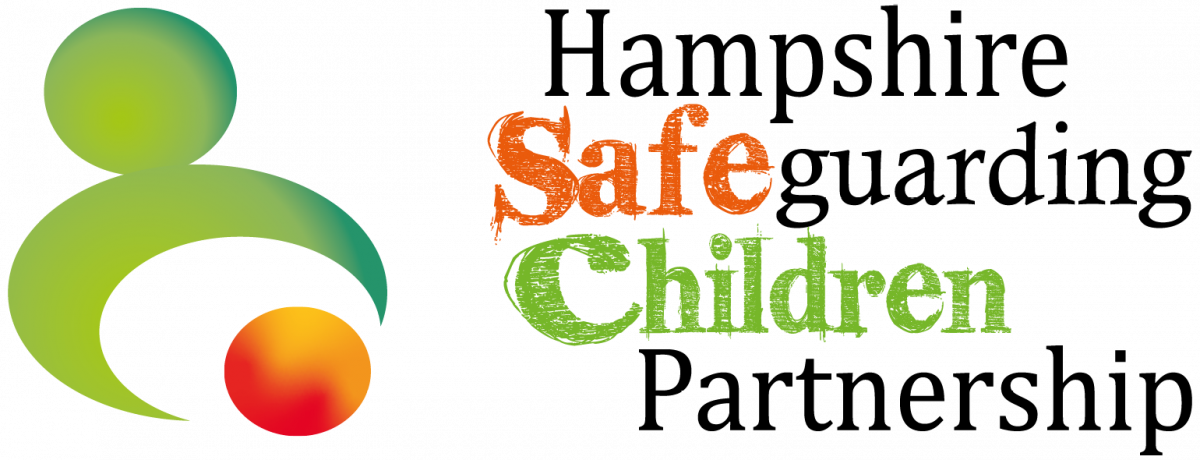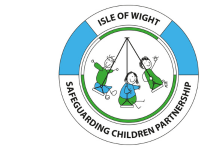Best Practice
Understanding unidentified adults in a child’s life is important, so professionals can understand:
- What the child’s main caregiver and other family members might be saying about the unidentified adults role within the family.
- The positive contribution that they might make to the needs and welfare of the child.
- What support they may offer to the family, including caring for children.
- Any risks which they might present.
General principles in identifying unidentified adults
- In all assessments, always put the child’s needs before those of an adult.
- During pregnancy and after birth, make active enquiries about the child’s father, the mother’s relationships and any adults in contact with the child.
- Identify any new adults who have regular contact with children. Always clarify who the members of a household are and any connected adults each time you visit a family, be aware that some individuals may have a number of aliases or alternative spellings.
- It can be difficult to get parent/carer to open up and discuss their partners’ involvement in their children’s lives. Supervisors should support practitioners to find ways to engage with parent/carer and build trust.
- Supervisors also need to offer guidance and training on working with unidentified adults, monitor engagement with services and evaluate how effective direct work with them is. If you are made aware of any adults that have regular contact with a child, you must record it within their record to ensure information can be effectively shared if needed.
There can be a tendency for practitioners to focus on mothers and to take at face value what mothers are telling them about the dynamics which exist, or have existed, within the family and about the impact of those dynamics, positive or negative, on children and young people. Other adults play an important role in children’s lives and have a great influence on the children they care for. Male care givers in particular, may not feel as included or involved by professionals, who sometimes focus almost exclusively on the quality of care children receive from their mothers and female carers.
Professionals can sometimes rely to much on mothers to tell them about other adults involved in their children’s lives. There are a variety of reasons why a mother may not be open about the presence of other adults involved in their children’s lives such as due to concerns about housing, benefits or potential risk (known to the police for example). If a mother puts their own needs first, they may not be honest about the risk the unidentified adult poses to their children.
Robust assessments, however, require that information is triangulated and tested out. Identifying and engaging unidentified adults in a positive way is critical to ensuring that assessments are balanced and rigorous, especially when important decisions need to be made about children.
Learning from reviews
From the NSCPCC’s (2015) analysis of case reviews, two categories of ‘Unidentified Adults’ emerged:
- Those, for example estranged fathers, who were capable of protecting and nurturing the child but were overlooked by professionals.
- Those who posed a risk to the child which resulted in them suffering harm.
The National review into the murders of Arthur Labinjo-Hughes and Star Hobson, conducted by the Child Safeguarding Practice Review Panel in June 2022 identified a number of core issues that hindered professional understanding of what was happening to the children in both cases. The Panel emphasised that these were not isolated issues; they feature regularly in serious case reviews and thematic practice reviews:
- Weaknesses in information sharing and seeking within and between agencies.
- A lack of robust critical thinking and challenge within and between agencies, compounded by a failure to trigger statutory multi-agency child protection processes at key moments.
- A need for sharper specialist child protection skills and expertise, especially in relation to complex risk assessment and decision making, engaging reluctant parents, understanding the daily life of children and domestic abuse.
- Underpinning these issues is the need for leaders to have a powerful enabling impact on child protection practice, creating and protecting the organisational conditions needed to undertake this complex work.
NSPCC: Summary of the national review into the murders of Arthur Labinjo-Hughes and Star Hobson
General principles for engaging
- From the very beginning, always emphasise to parents and carers the crucial role that adults have on a child’s health and emotional wellbeing.
- Encourage the child’s care givers to attend appointments and engage in services. Make appointments for times convenient to them, such as evenings and in places that they will be able to access, for example, close to public transport hubs.
- Consider how fathers and other adults could contribute to an assessment of the child’s needs.
- Ask them directly about domestic abuse, mental health and potential risky behaviours such as drug and alcohol use and offer them services based on their needs.
- Consider those with parental responsibility who appear not to be directly involved in a child’s life are aware of safeguarding concerns relating to their child unless there are significant reasons not to.
- Ensure services involved with the adult’s in a child’s life are invited to attend key meetings and share information.
- Consult about plans and invite to child protection conferences and core group meetings.
The Department for Education’s Guidance on information sharing for safeguarding services working with children, young people, parents and carers provides information for professionals and organisations working with children.
The guidance emphasises the importance of sharing information for safeguarding purposes, supported by data protection legislation. It includes “golden rules of information sharing” and lawful bases for sharing information when working with children. It also provides clarity on the limitations of practitioners relying on consent. Access the full guidance here.
General principles for information sharing
Ensure that information is sought from all agencies that could be involved with a family by asking the adults you are working with whether they have caring responsibilities for any children. Professionals such as substance misuse workers, housing officers and probation offers are ideally placed to identify potential risks an adult might pose to children. Sharing this information ensures that other professionals supporting a child(ren) are not depending entirely on parents and carers to provide this information, which they may or may not do.
Do not be afraid to engage with or ask probing questions to other individuals involved in a child’s life, such as the main care giver’s estranged partner(s), siblings, extended family and friends. Gathering as much information as possible reduces the likelihood of crucial information being missed and enables you to spot any inconsistencies in the main care giver’s account.
Speak to the child(ren). Children will also have information about their daily routine which may indicate that there is another adult present in their life, such as who collects them from school, makes dinner or puts them to bed. Children should be spoken to and concerns which they raise acted upon.
Enquire about the decisions parents/carers make about their personal and sexual relationships to identify the risks that might be posed to children by adults who are in relationships defined as short or long term, significant or casual or just friends.
Not all those that pose a risk to children need to be in a sexual relationship with the main care givers. It could be as simple as what appears to be an innocent new family friend who has appeared on the scene. It is recognised that some adults are known to befriend parents/carers to seemingly provide help but are actually grooming both the child and parent to gain legitimate access to children. This also includes online relationships.

